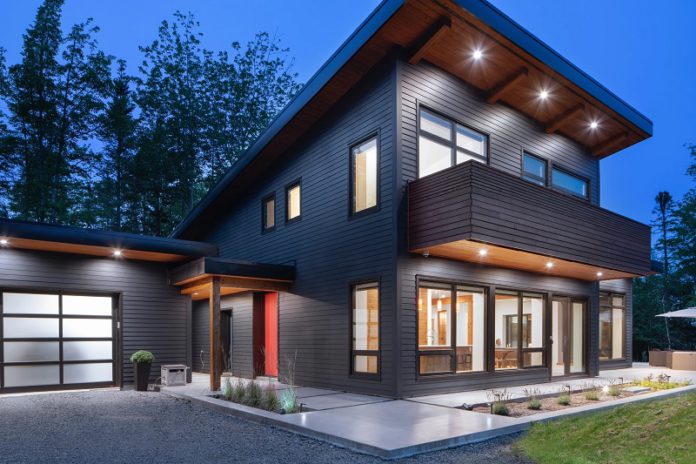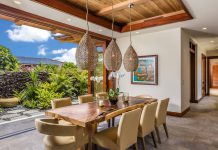4nids.com – Using Passive Design Architecture in your home can greatly reduce the amount of energy you need to use to heat your home and maintain a comfortable temperature. In addition, you will also have better indoor air quality. A good passive design architecture uses long, south or north facing facades to help reduce temperature fluctuations. In fact, using this type of design can reduce the number of times you need to heat your home by two to three times.
Initial Steps to Design Passive Buildings
During the design of a passive building, the architect must consider a number of factors, including the climate of the area, the orientation of the facade and other design parameters. The goal is to reduce energy consumption, improve comfort and ensure safety.
The best overall building orientation is that of the principal facade facing south or slightly east. The windows should be oriented toward the south for maximum solar gain.
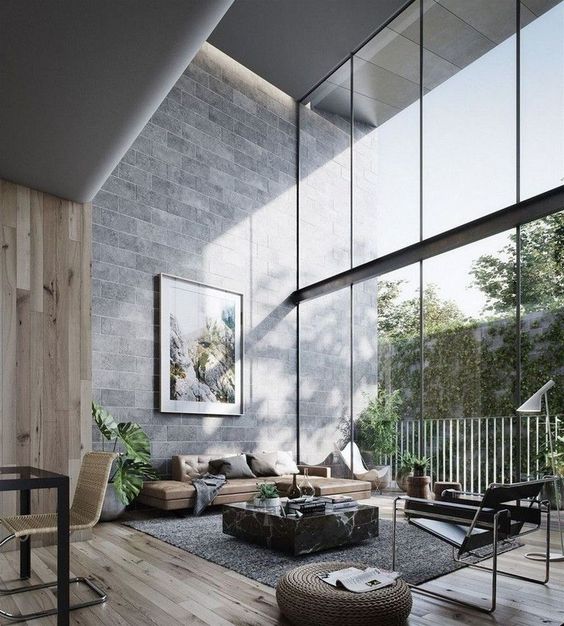
The design of the facade is also important, as it can help control the amount of heat gained from the sun. In addition, it can help contribute to a passive solar cooling system by absorbing and radiating heat.
The UK Building Regulations have recently proposed target carbon emissions rates for new buildings. This will require that the design of a building meets the requirements of the PHIUS+2015 Passive Building Standard. It is the only standard that incorporates climate specific comfort criteria for a passive building.
Best Architectural Design Ideas
Having good passive design architecture means keeping your building cool, even in the hottest of climates. This helps reduce energy consumption and environmental impacts. It also improves indoor air quality.
In the United States, interest in energy efficiency grew in the late 1970s during the energy crisis. Amid the oil embargo, prices soared. The economy was also slowing down. As a result, the focus shifted away from conservation to a more practical approach.
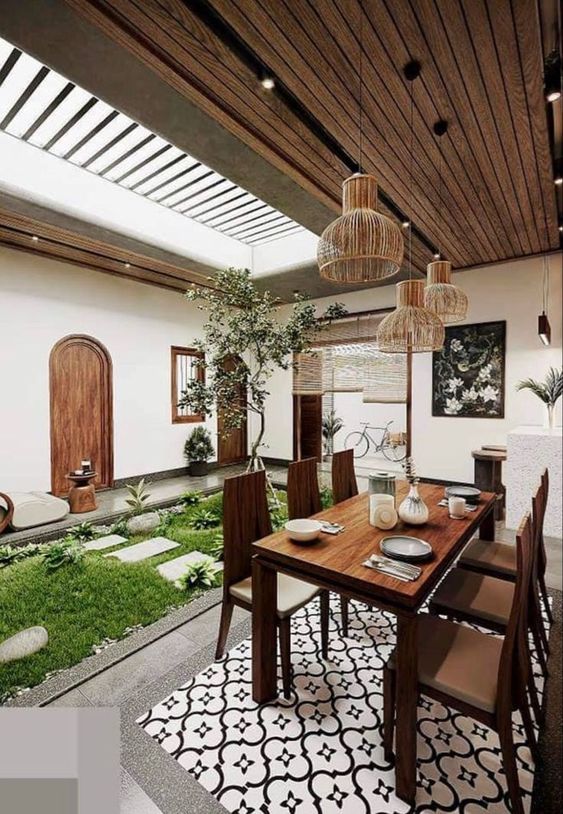
Passive design strategies include thermal insulation, natural ventilation, windows, and solar shading. Each of these strategies can reduce the cooling load of buildings. Having a more insulated building will also reduce daily fluctuations in indoor temperatures.
For example, a passive design strategy for a skyscraper is to use double-insulated coated glass. This will allow more heat to escape during the day and prevent more heat from entering during the night.
The Right Choice of House Building Structures
Whether you’re designing a new home or renovating an existing structure, incorporating passive design architecture into your project can help improve indoor air quality. In addition to providing a healthier environment for your family, passive designs can also save you money.
One of the most important factors for maintaining acceptable indoor air quality in buildings is ventilation. Good ventilation can remove moisture and odors and replenish oxygen. In addition, it can improve indoor air quality by preventing the buildup of pollutants.
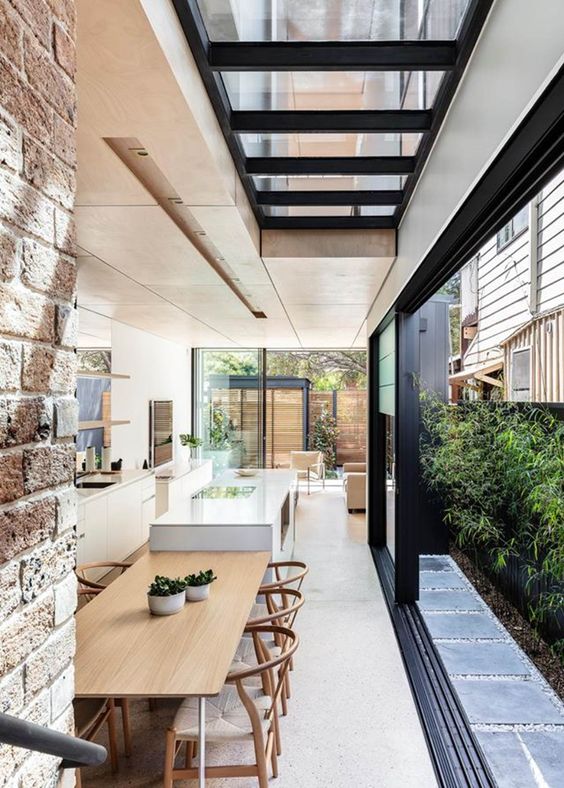
A variety of air contaminants can be hazardous to the health of building occupants. These include particulates, major irritants, and chemical vapors.
Other biological airborne threats include pollen, dust mites, bacteria, mold spores, and viruses. These airborne threats may be brought into a building through entryways.
Requires two to three times the amount of heating energy.


